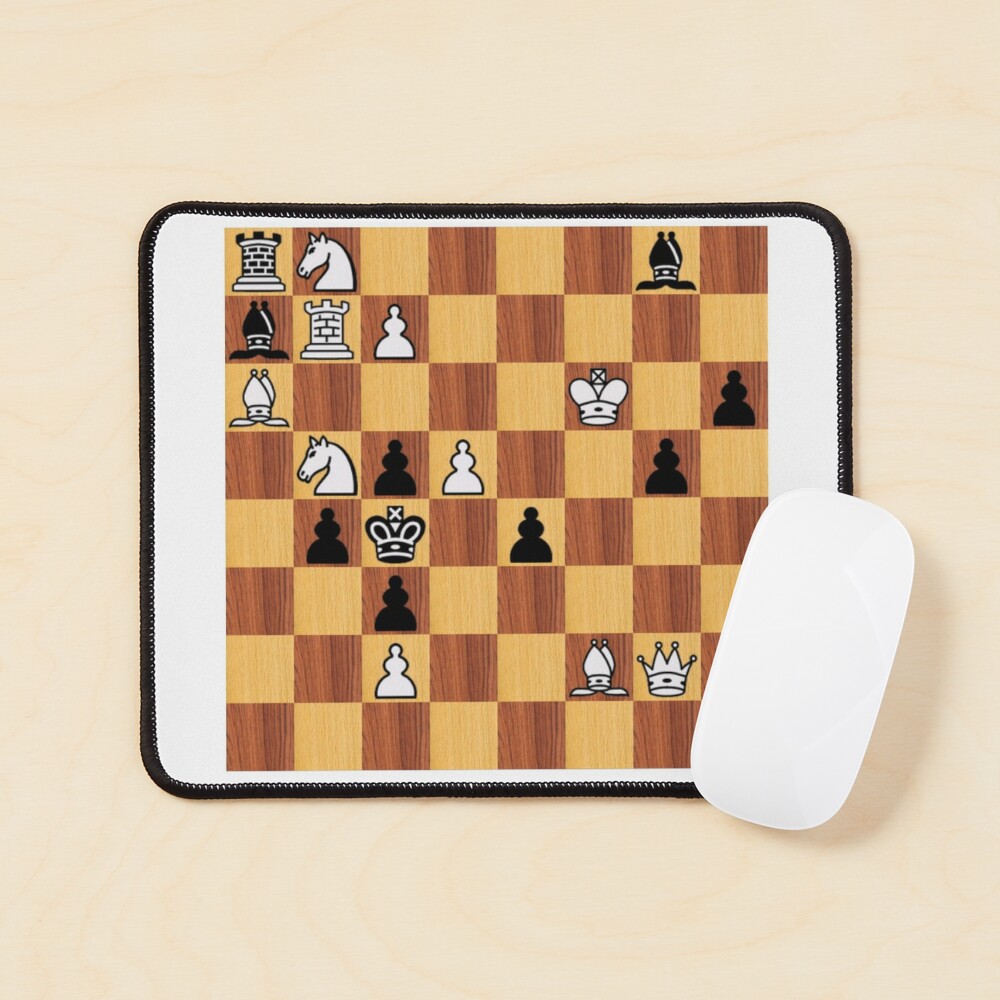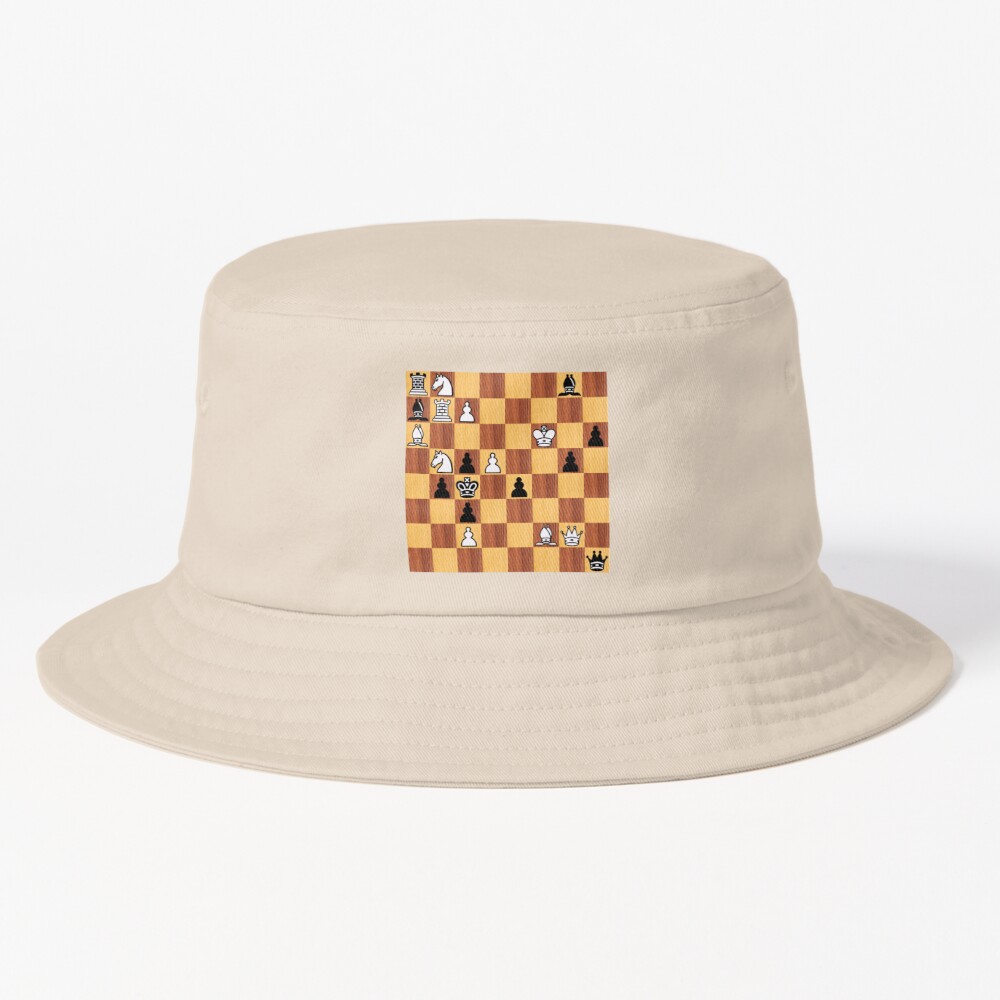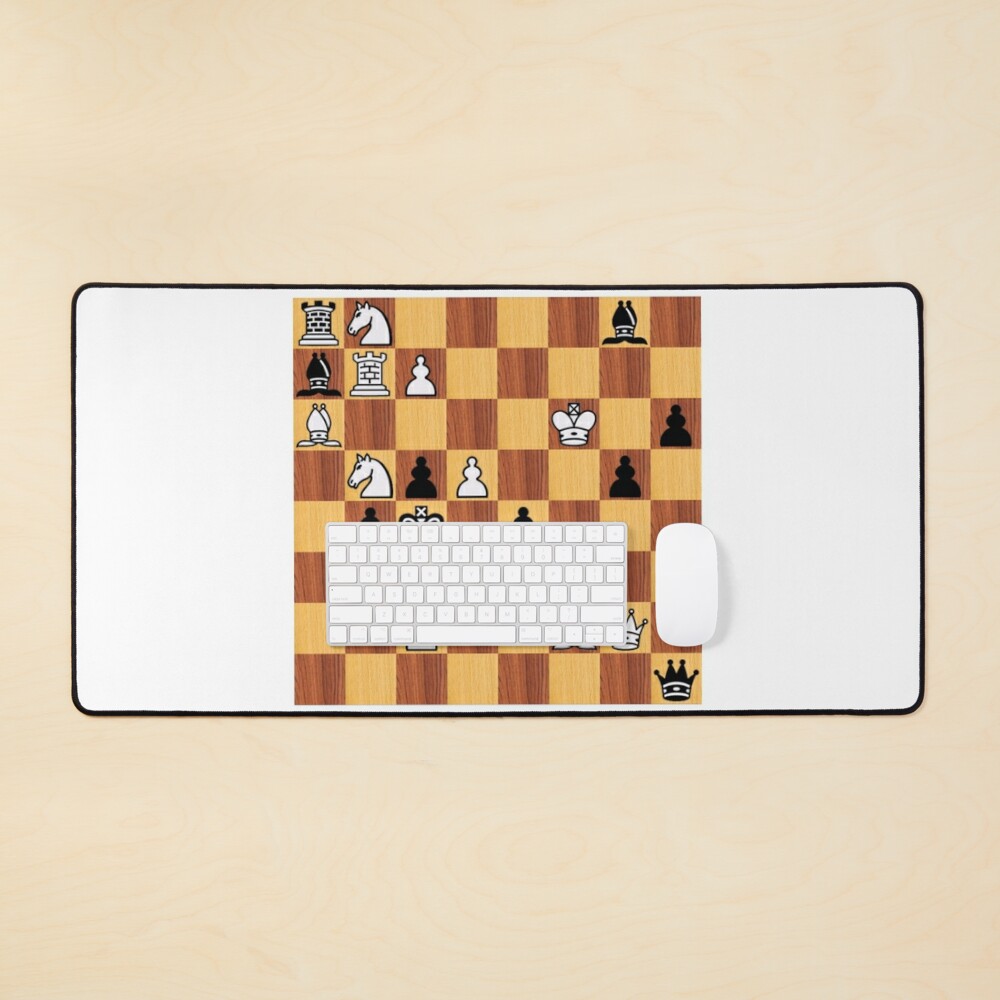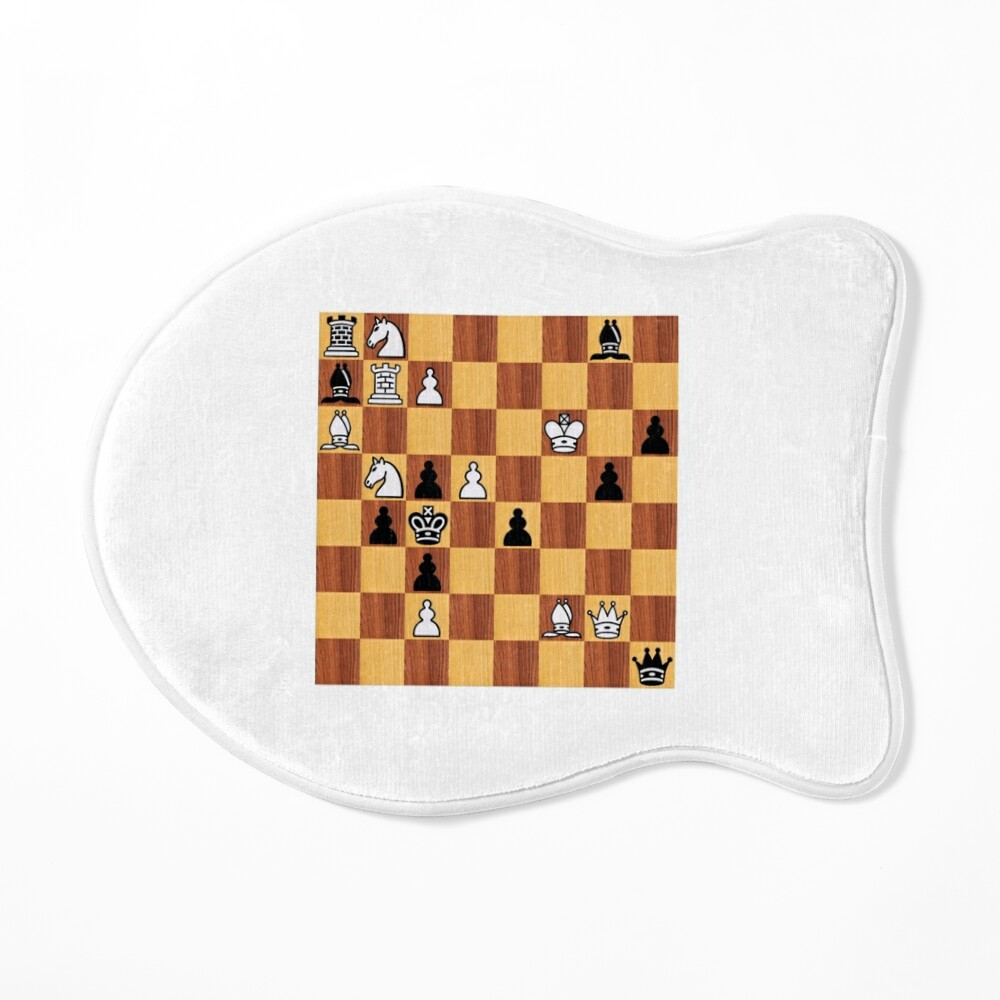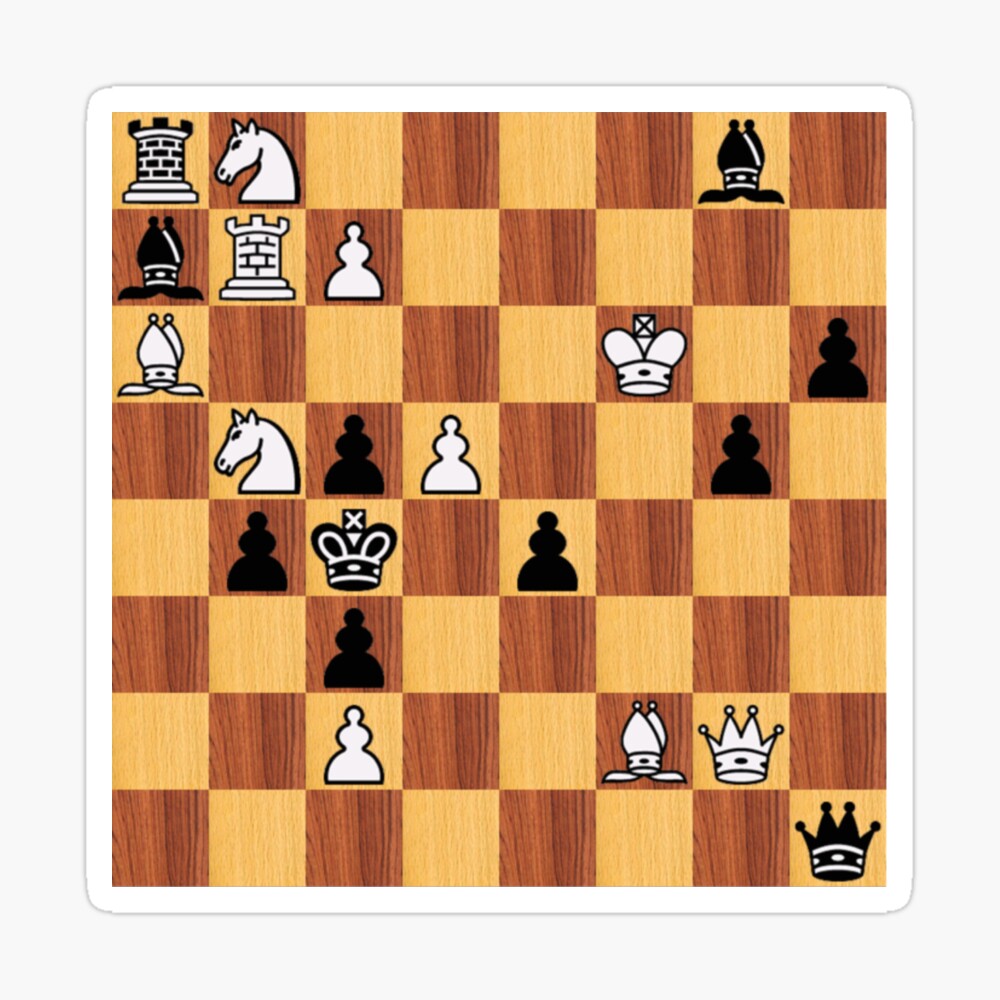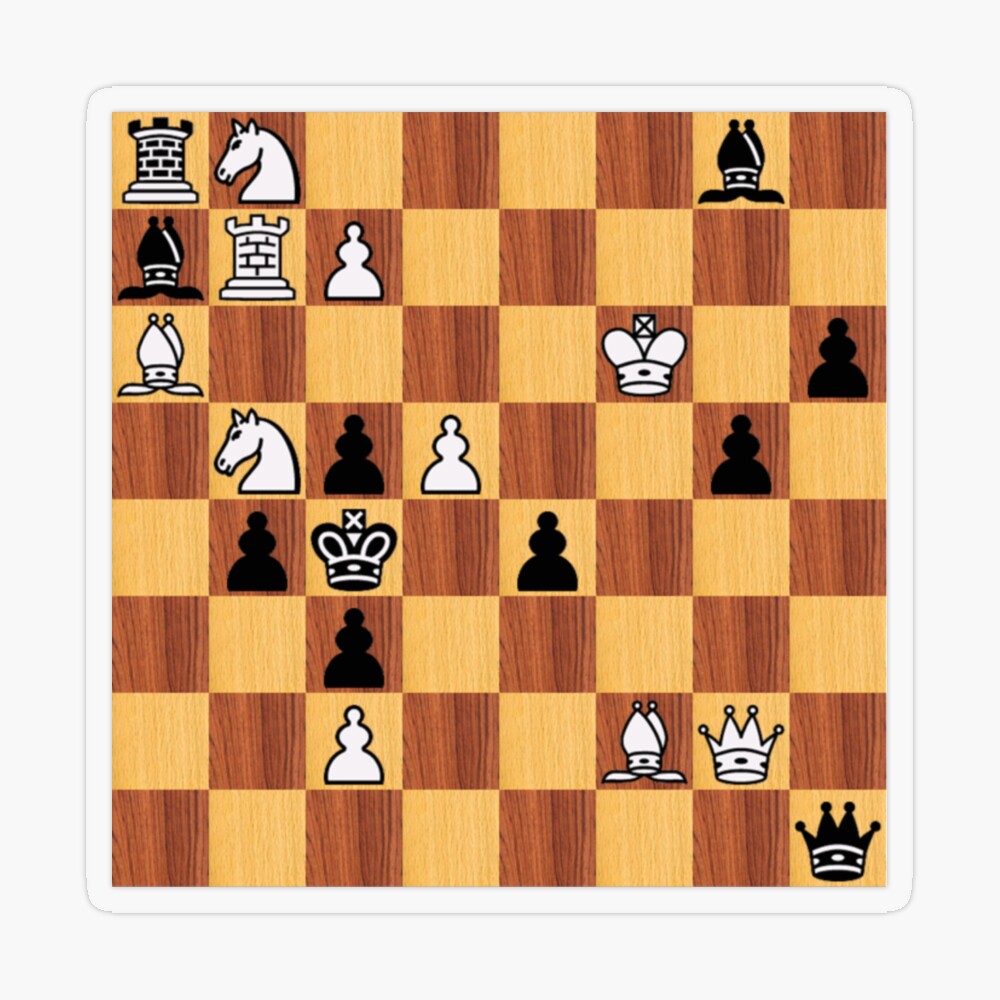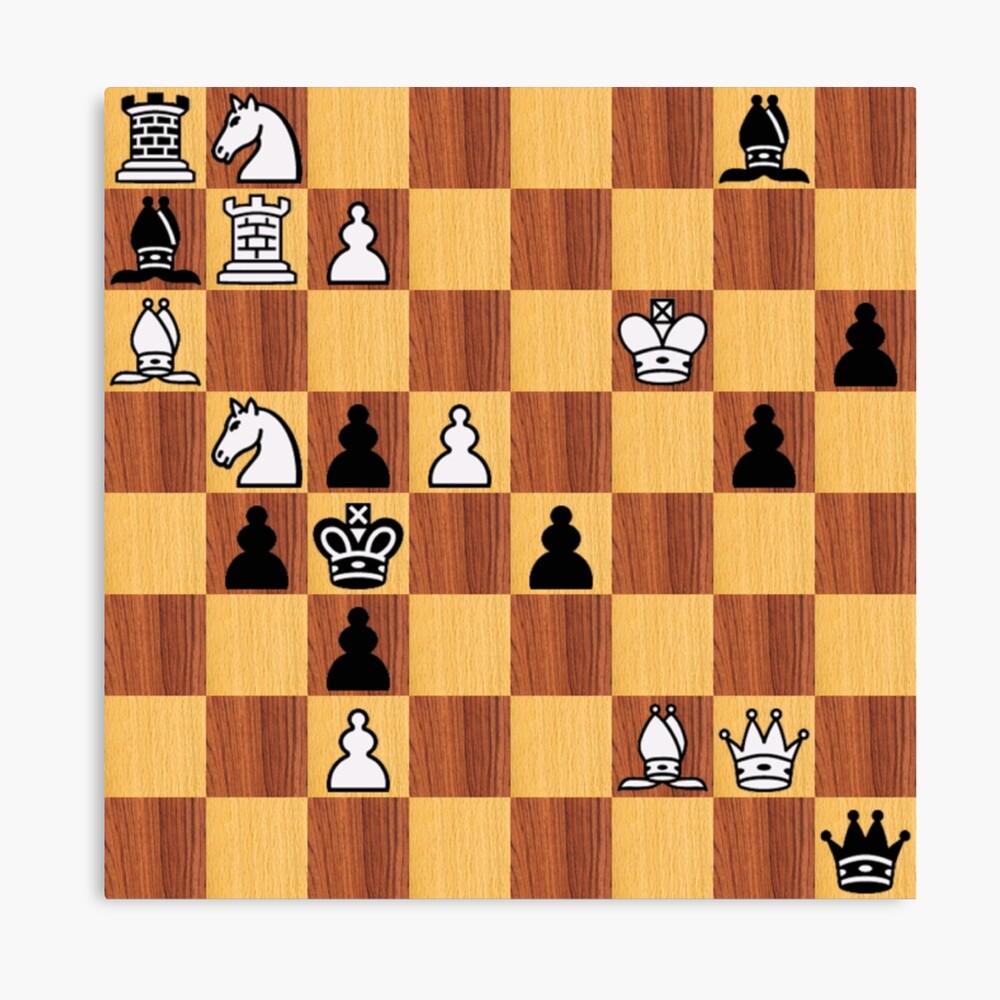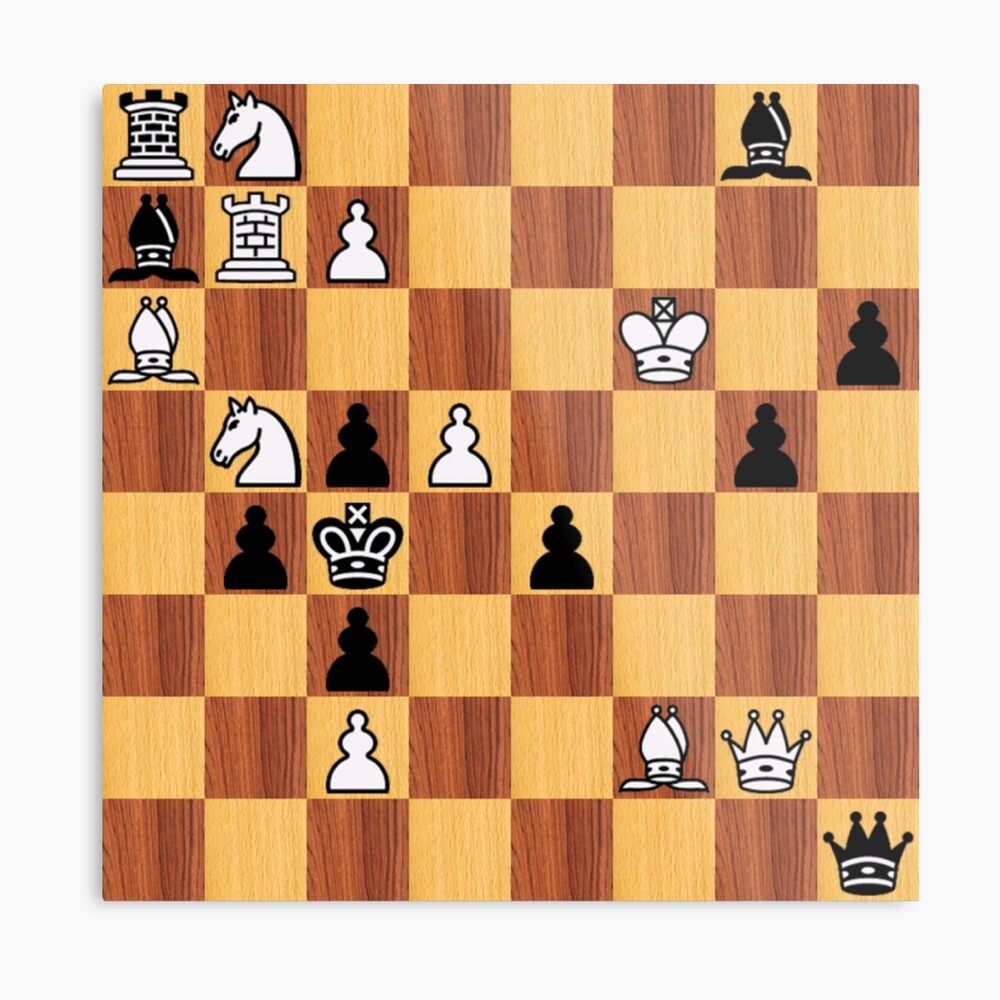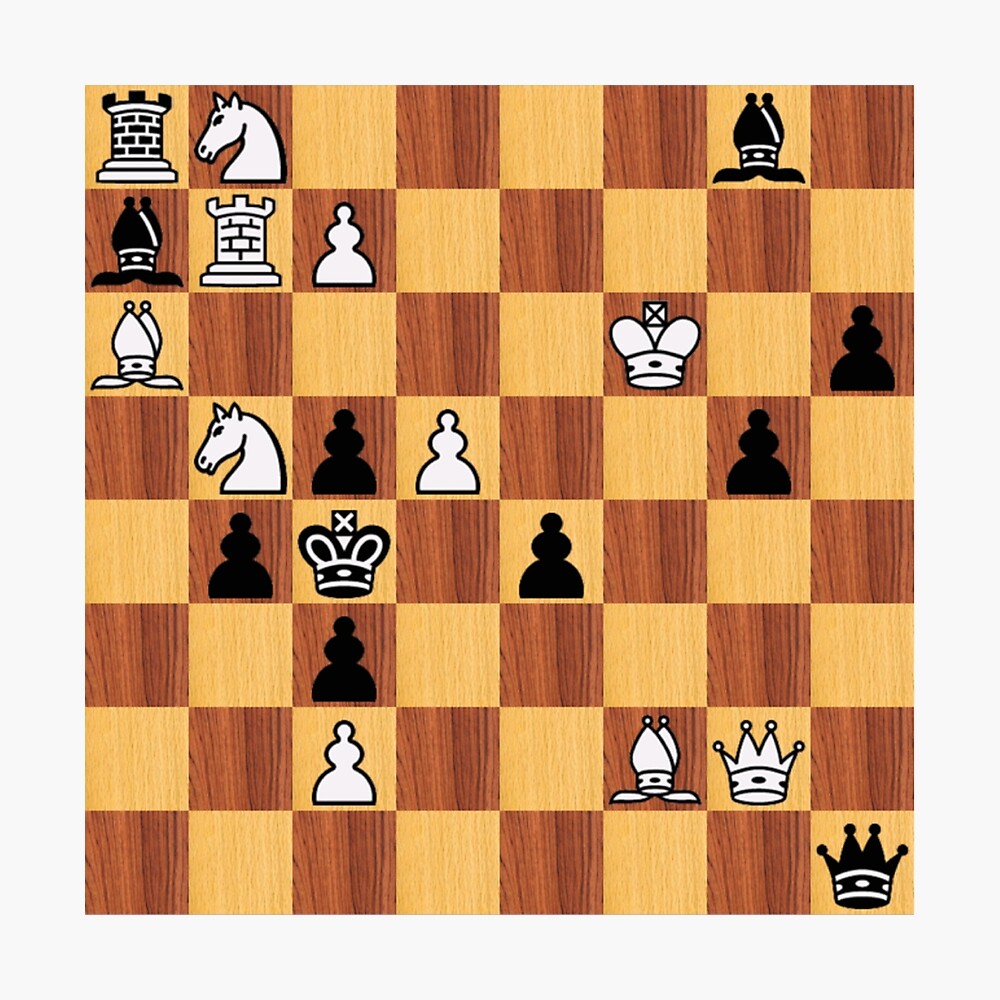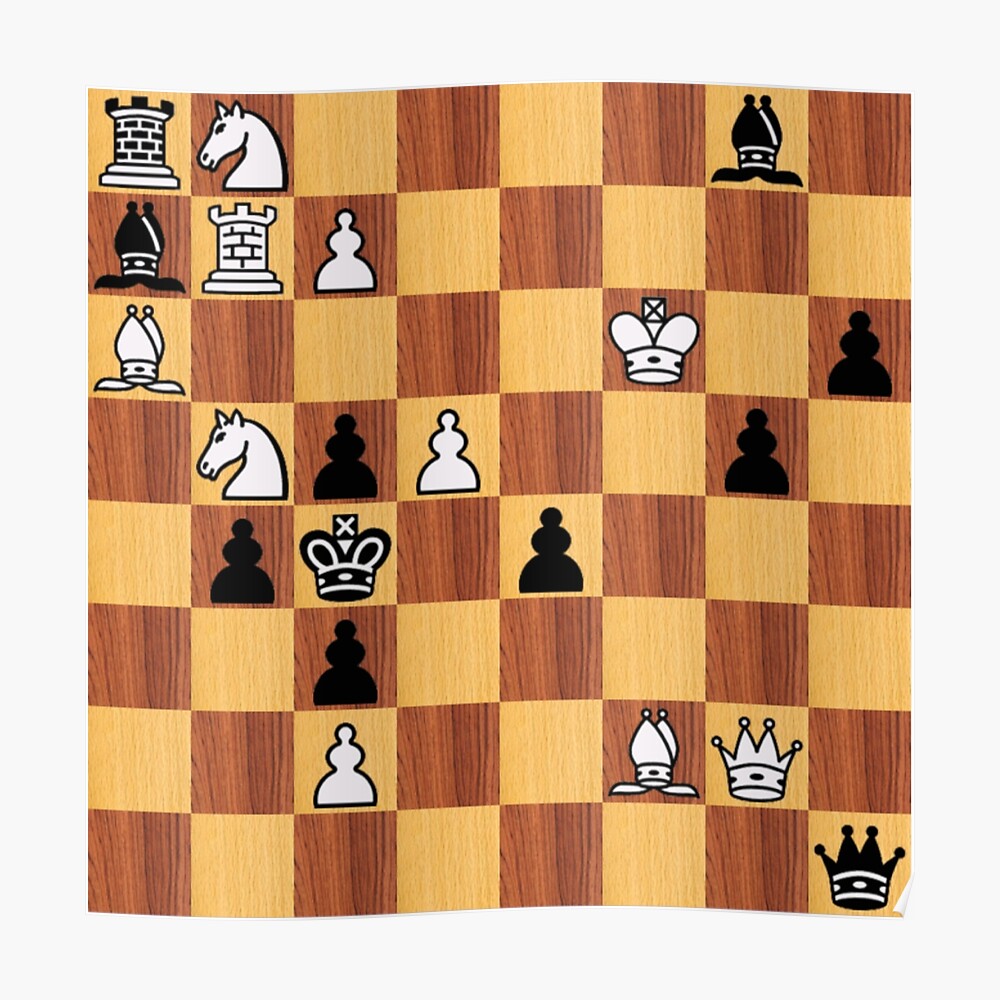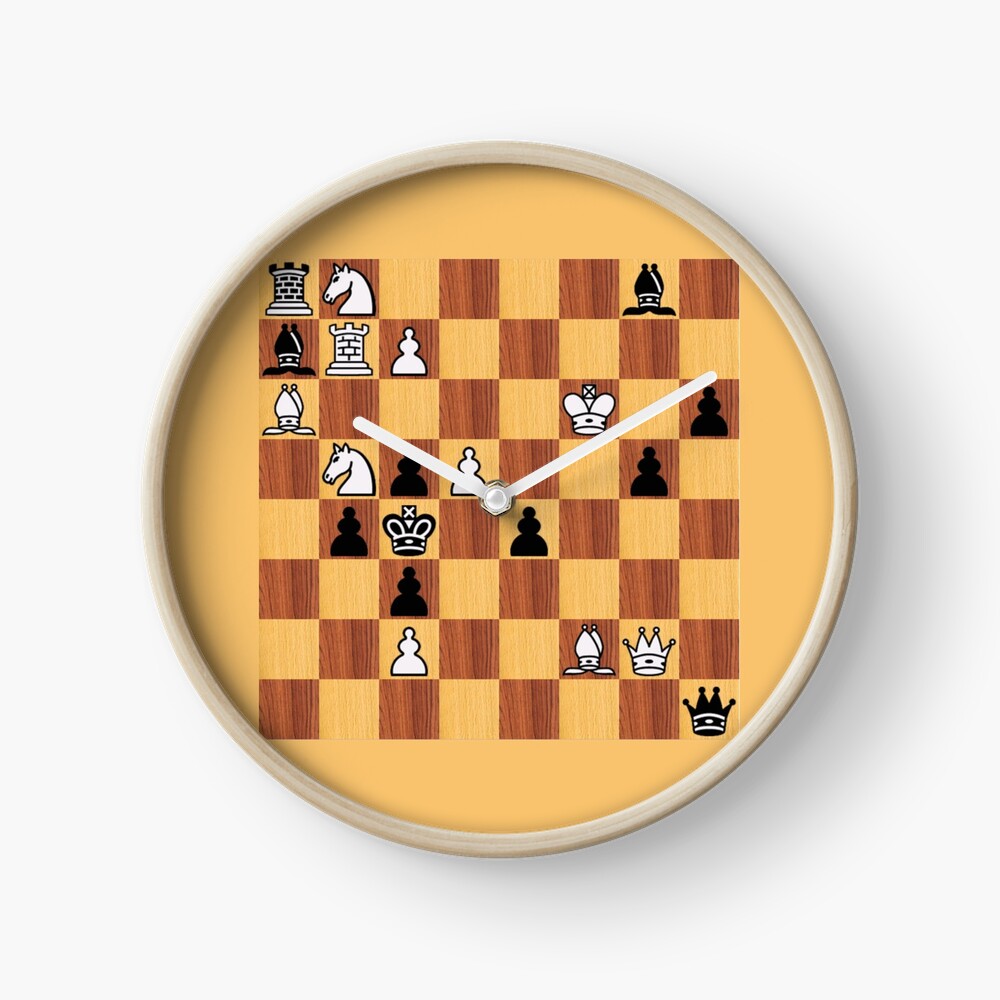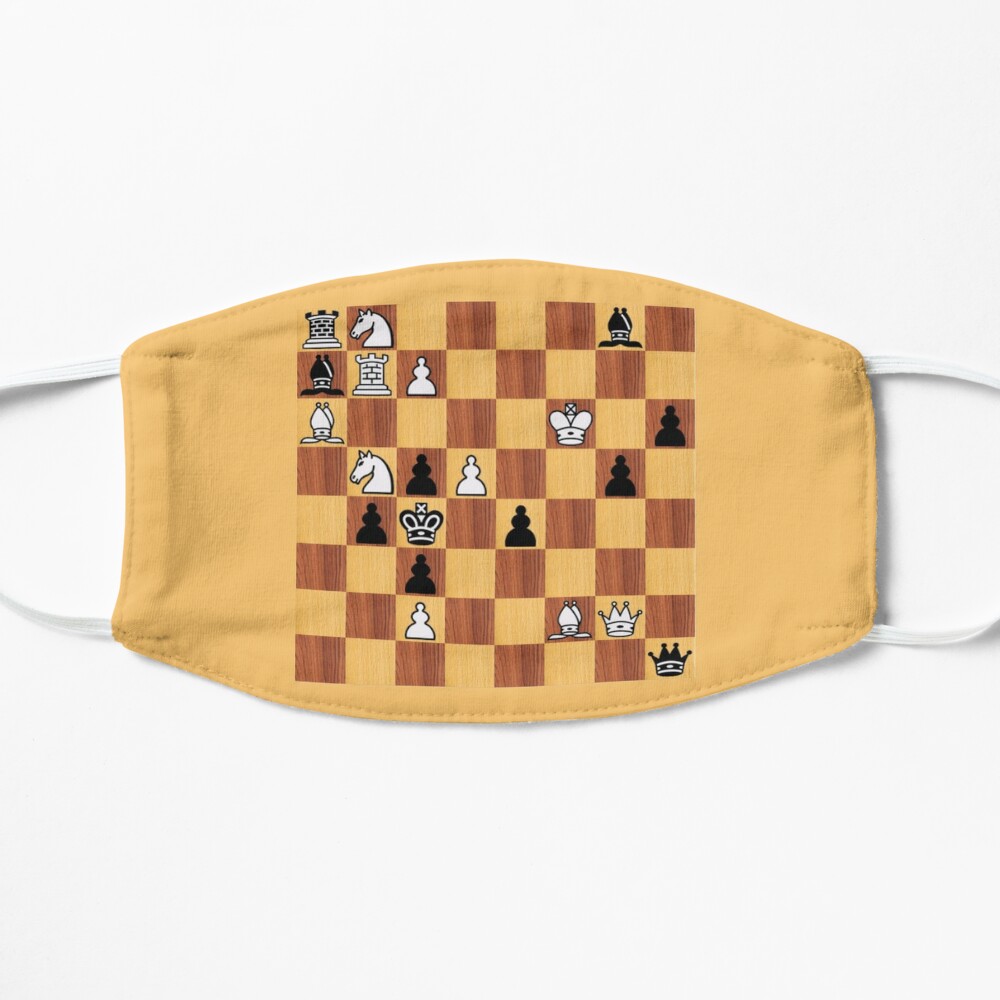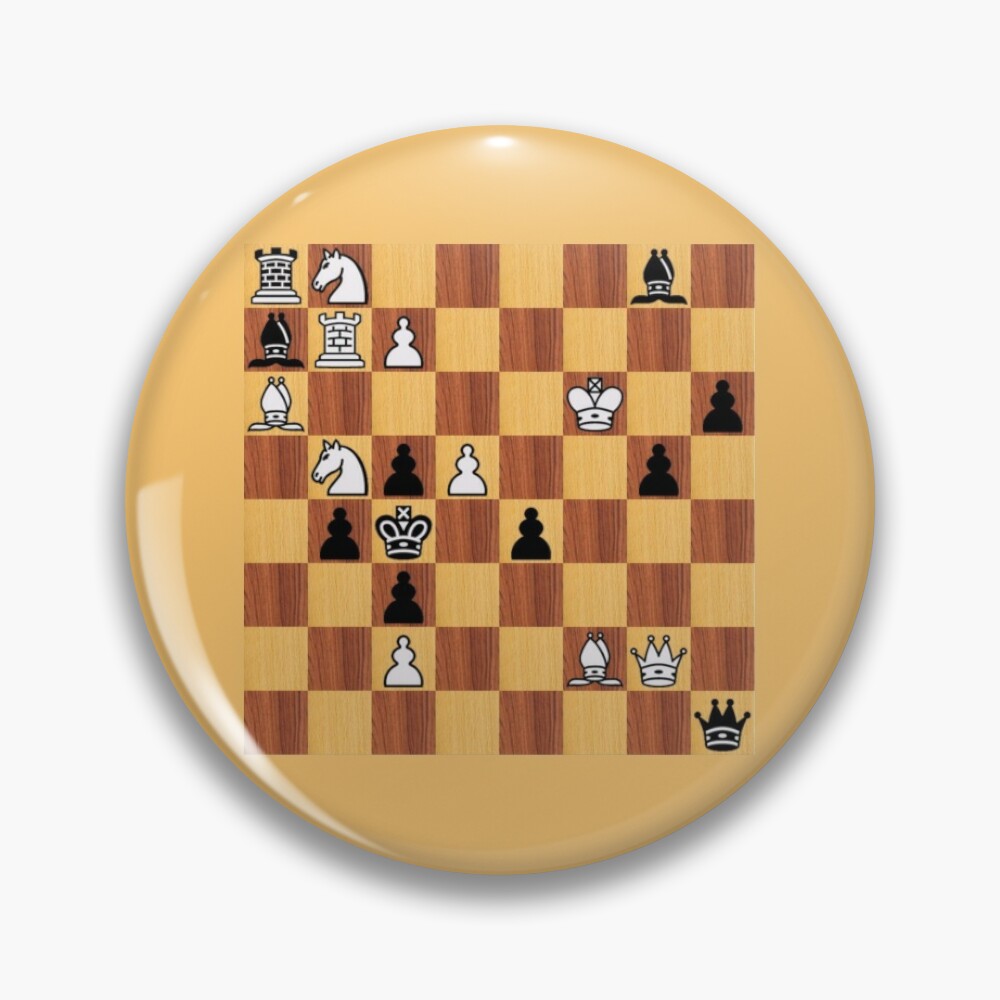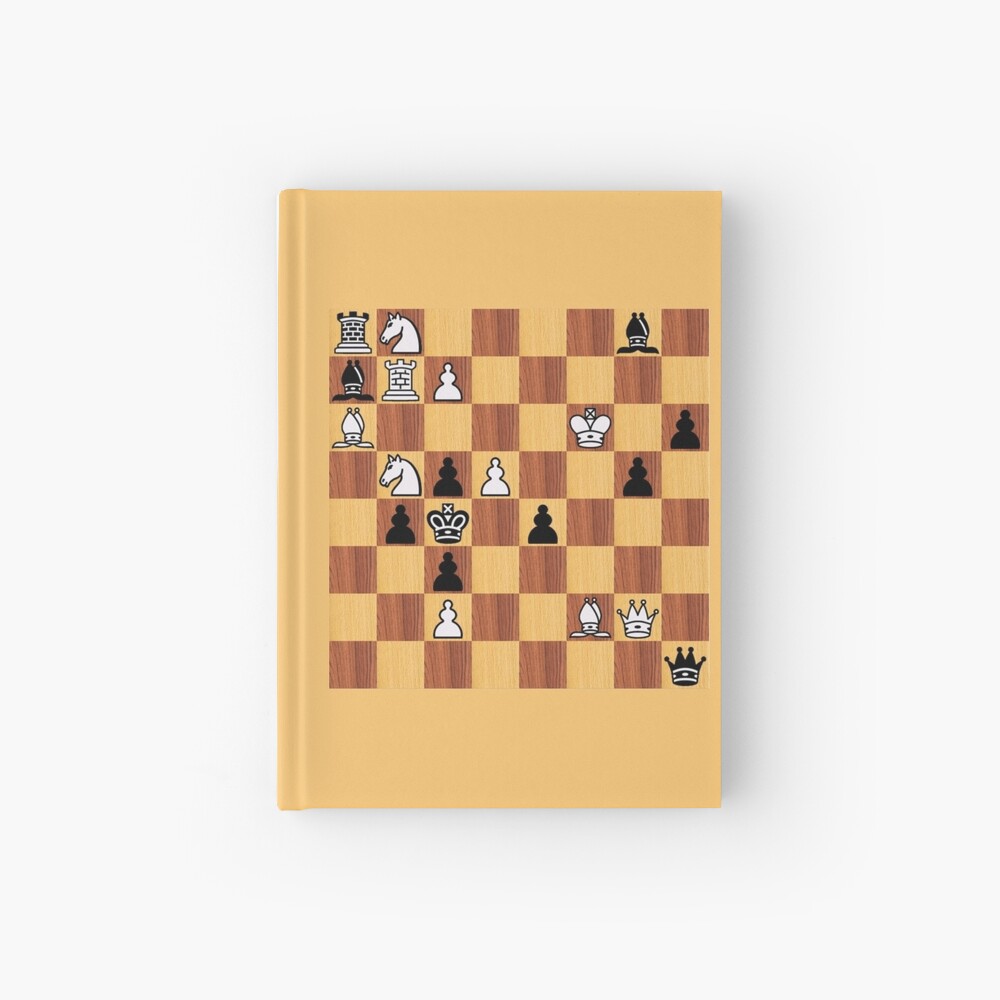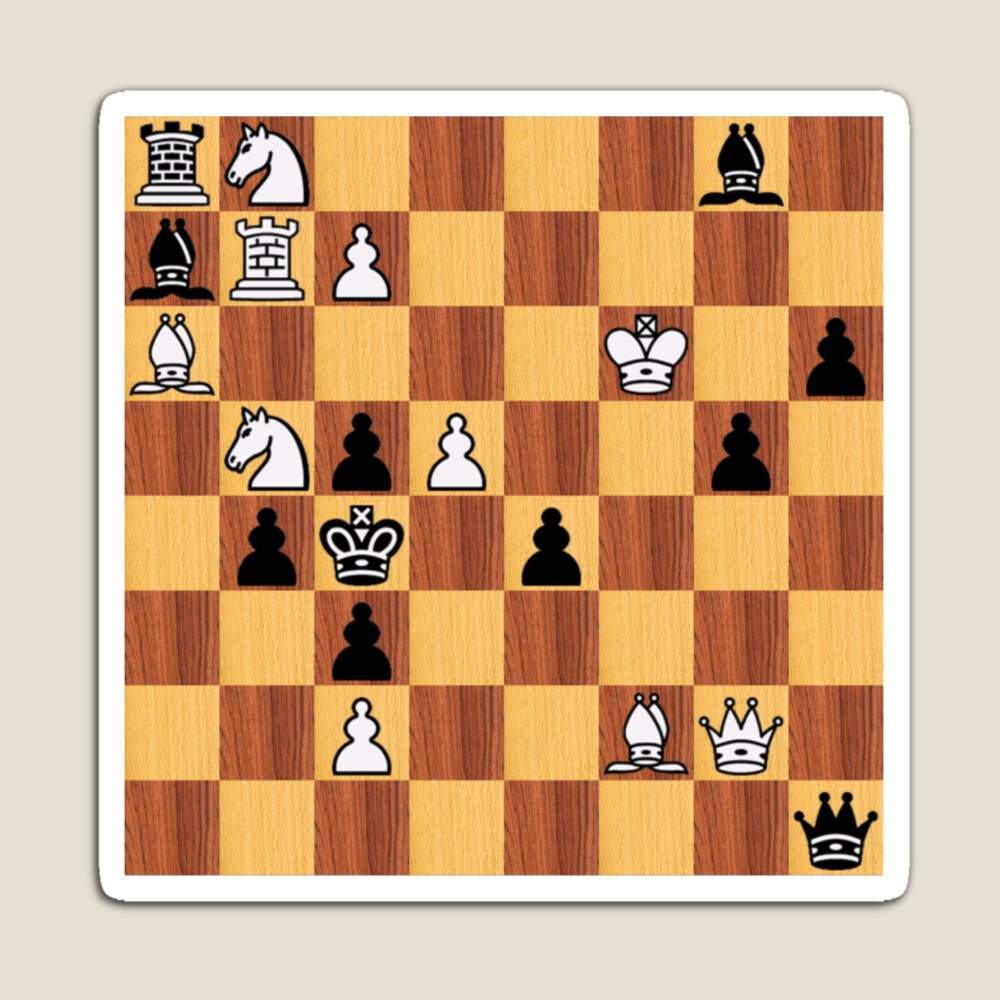Mars 3 was a robotic space probe of the Soviet Mars program, launched May 28, 1971, nine days after its twin spacecraft Mars 2. The probes were identical robotic spacecraft launched by Proton-K rockets with a Blok D upper stage, each consisting of an orbiter and an attached lander. After the Mars 2 lander crashed on the Martian surface, the Mars 3 lander became the first spacecraft to attain a soft landing on Mars, on December 2, 1971. It failed 110 seconds after landing, having transmitted only a gray image with no details. The Mars 2 orbiter and Mars 3 orbiter continued to circle Mars and transmit images back to Earth for another eight months.
The Mars 3 descent module was mounted on the bus/orbiter opposite the propulsion system. It consisted of a spherical 1.2 m diameter landing capsule, a 2.9 m diameter conical aerodynamic braking shield, a parachute system and retro-rockets.
The entire descent module had a fueled mass of 1210 kg, the spherical landing capsule accounted for 358 kg of this. An automatic control system consisting of gas micro-engines and pressurized nitrogen containers provided attitude control. Four solid-fuel motors were mounted to the outer edge of the cone to control pitch and yaw.
The main and auxiliary parachutes, the engine to initiate the landing, and the radar altimeter were mounted on the top section of the lander. Foam was used to absorb shock within the descent module. The landing capsule had four triangular petals which would open after landing, righting the spacecraft and exposing the instrumentation.
The lander was equipped with two television cameras with a 360 degree view of the surface as well as a mass spectrometer to study atmospheric composition; temperature, pressure, and wind sensors; and devices to measure mechanical and chemical properties of the surface, including a mechanical scoop to search for organic materials and signs of life. It also contained a pennant with the Soviet coat of arms.
Four aerials protruded from the top of the sphere to provide communications with the orbiter via an onboard radio system. The equipment was powered by batteries which were charged by the orbiter prior to separation. Temperature control was maintained through thermal insulation and a system of radiators. The landing capsule was sterilized before launch to prevent contamination of the martian environment.
Chess Corner: 347-307-7834
luxlimcom@gmail.com
Wednesday, March 1, 2023
Friday, December 9, 2022
☕ Luminous matter in the Milky Way
Question
The text states that luminous matter in the Milky Way seems to be much like the tip of an iceberg. This refers to the idea that
Answer
 C) dark matter represents much more mass and extends much further from the galactic center than the visible stars of the Milky Way.
C) dark matter represents much more mass and extends much further from the galactic center than the visible stars of the Milky Way.
The text states that luminous matter in the Milky Way seems to be much like the tip of an iceberg. This refers to the idea that
Answer
A) luminous matter emits white light, much like the light reflected from icebergs.
B) black holes are much more interesting than ordinary stars that give off light.
D) the luminous matter of the Milky Way is essentially floating on the surface of a great sea of dark matter.
Tuesday, August 23, 2022
Subscribe to:
Posts (Atom)
